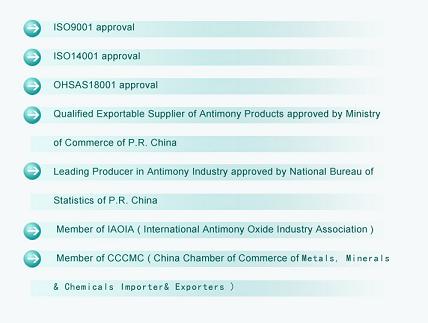Because antimony is in tight supply and the reason behind is explosive control from Chinese government, many European market participants believe price will not decrease in the coming few months.
A European trader sold a container of 99.65%min standard grade two antimony ingot in the end of last week to a central European consumer at USD6,520/t in warehouse Rotterdam with less than 30-day payment terms. He holds that there is still not much prompt material available in warehouse Rotterdam.
He revealed to Asian Metal that the lowest offer received from China was USD6,450/t CIF Rotterdam last week, and he had the feeling that the Chinese producers are not willing to sell the material.
The trader takes that the demand in Europe is lower than the same period of last year because consumers are not willing to accept high prices, and they wait to the last kilogram of their stock before they come to market. However, with the Chinese low supplies, he is convinced that price will continue to surge.
Another European trader holds that the mainstream price for 99.65%min grade two antimony ingot with bismuth content less than 100ppm is selling in the range of USD6,450-6,500/t in warehouse Rotterdam, and standard grade two antimony ingot is selling at USD6,400-6,450/t in warehouse Rotterdam. According to him, the new offers from China, on CIF basis are about USD70-80/t, including port fee and bank interest, cheaper than the price of material in Rotterdam for prompt release.
He holds that demand is reasonable in Europe, and Chinese governmental control of explosives will keep supply tight through the summer. Although many consumers threaten to leave antimony market for substitute, the trader believes it will not happen easily in short term. Therefore, price of antimony will remain in a high level in the third quarter of 2008, and fall in the end of the year.
...
Read more...










